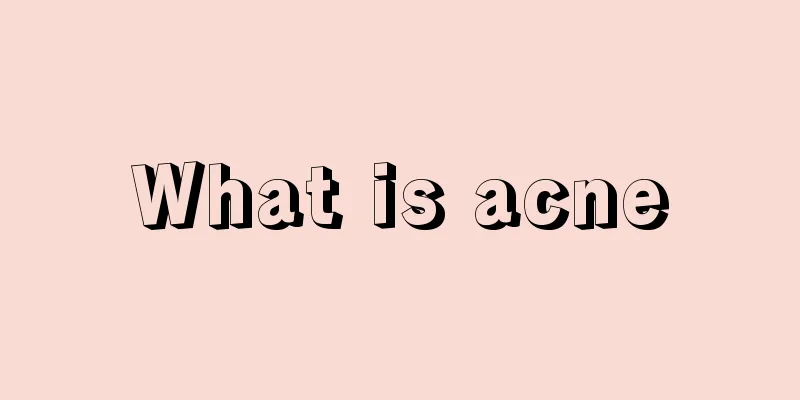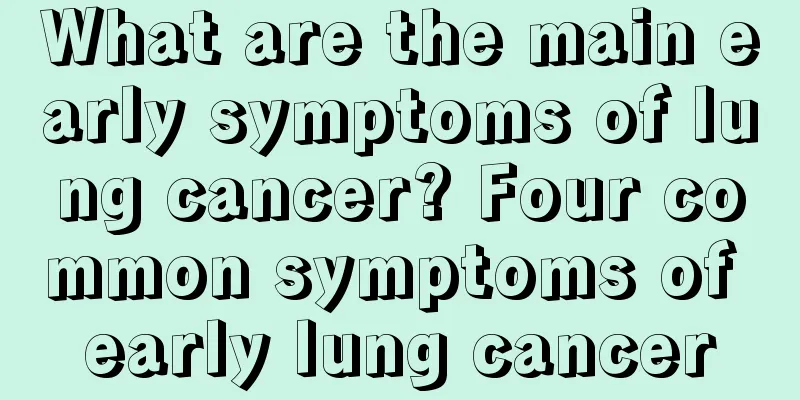What is acne

|
Acne is very common. It is very easy for people in adolescence to develop acne. Acne does not directly harm human health, but its appearance has a great impact on every skin. Especially when it grows on the face, many people will suffer from damaged self-esteem and inferiority complex because of it. So what is acne? Many people are not very clear about it. Although acne is very common, many people don’t know much about it, so when it occurs, they don’t know how to solve it. So what is acne? The following is a detailed introduction so that you can have a better understanding of acne. What is acne: Acne is a multifactorial disease, mainly related to increased sex hormone levels, excessive secretion of sebaceous glands, proliferation of Propionibacterium acnes, It is related to factors such as abnormal keratinization of the sebaceous gland ducts and inflammation. It is more common on the cheeks, forehead, cheeks, nasolabial folds, etc., followed by the chest, back, shoulders, etc. Surveys show that 80-90% of teenagers have experienced or are experiencing acne. Among them, the incidence rate in males is slightly higher than that in females, while the onset time in females is earlier than that in males. Acne lesions generally have no subjective symptoms, but may be accompanied by pain when inflammation is obvious. It can be divided into the following types: 1. Acne: including whiteheads and blackheads. They are conical papules consistent with hair follicles, which are neither red nor raised from the skin surface. If there are a small number of them, they are difficult to detect. The lesions are as big as rice grains contained in the skin and can be touched by hand. Can be closed or open. The top of open comedones is yellow-white, and blackheads may also form due to pigmentation. The fat plug can be squeezed out and has a black head and a white and translucent lower part. Comedones are the early lesions of acne, which can form inflammatory papules when they worsen. 2. Papules: They may be inflammatory papules that develop from acne, and the skin lesions are red papules. 3. Pustules: Pustules the size of green beans may form on the basis of papules. 4. Cyst nodules: If the inflammation continues to develop, dark red nodules or cysts of varying sizes may form, which may feel fluctuating when squeezed. Through the above introduction, we have a good understanding of what acne is. To treat this disease, we need a good method. And when treating this disease, we must pay attention to arrange our own diet reasonably. This will help improve acne and prevent acne from continuing to develop. |
<<: Knowledge on prevention of infectious diseases
Recommend
Kidney stone laser lithotripsy process
The kidneys are a high-risk area for kidney stone...
Characteristics of shoulder pain caused by lung cancer
Shoulder pain from lung cancer is usually related...
What are the dangers of atopic urticaria?
Urticaria causes great harm to people's lives...
What is the most effective exercise for lifting your buttocks?
Many people want to have an S-shaped figure, so y...
What are the early symptoms of gastric cancer
Nowadays, many office workers work overtime and n...
Secret soy sauce recipe
Although there are many types of soy sauce on the...
What's wrong with the small pustules on the face and neck?
A colleague of mine had a lot of small pustules o...
Could blood in urine be bladder cancer?
Bladder cancer presents painless hematuria as the...
How to clean the grease stains inside the oven?
The oven is one of the most commonly used tools b...
What is beeswax
There are many items in life that require some ma...
Which hospital is good for hamartoma
Which hospital is good for hamartoma? We all know...
Chaihu Shugan San
Chaihu Shugan San is a common traditional Chinese...
What is going on when the fingernails and flesh separate?
The separation of nails and flesh is a phenomenon...
My wrist hurts when I use my muscles
Pain in the wrist when you exert force may be cau...
What causes coughing up blood? Is it related to lung disease?
Many people cough up blood when they cough. There...









